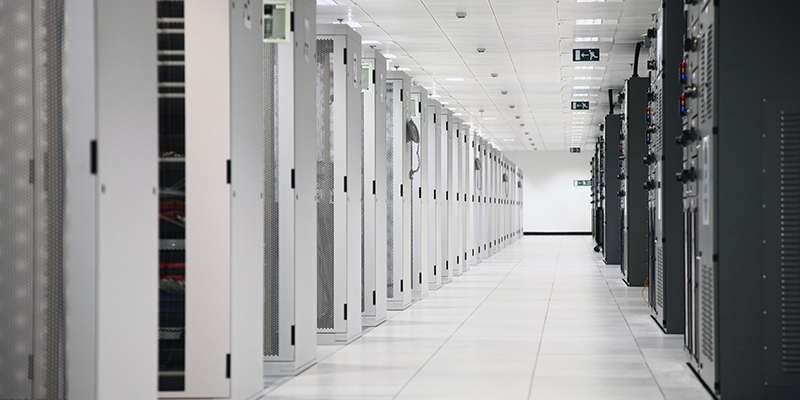Ideally, the best location in a building for a data center (a high reliability data center) is in a single-story, detached building with no functions (other than IT and tech support) in the facility.
Though often the data center is usually located in a multi-purpose facility for cost reasons. And more than likely the facility is also multi-story and multi-tenant.
So given these constraints where is the best location in a building for a data center?
Locating the data center on the first floor on grade has advantages. Freight elevators are not needed to move large power and cooling equipment or loaded IT racks in and out. Floor loading structural capacity is less of a concern as a ground floor concrete slab is typically much stronger than an upper floor office. However reliability risks are directly related to occupied floors above data centers.
Risks of data centers below upper floors are primarily water related. Rest rooms break rooms, fire sprinklers and HVAC piping will almost always be above the data center if office areas are above. Even if these flooding threats are not directly above the data center the threat remains. When pipes burst or sinks overflow the water tends to travel horizontally for quite a distance until gravity eventually pulls it downward. Sometimes the ducts and conduits required for cooling and power also provide the water pathway into the data center and onto critical equipment. Sure, in a single-story building you have roofing leaks and weather to deal with. But you can control that. Rooftops and penetrations are typically accessible and serviceable (pro-actively). And in a multi-story building there is still a roof at the top.
Going in the other direction, IT departments with insufficient political pull are sometimes relegated to a basement or other subterranean space. Now you not only have water risks from floors above but you also need to worry about outside flooding, water main breaks, sewage backups, etc. Water tends to find its way to the basements and areas below grade. And once the basement is flooded gravity works against you again – you need to pump it up and out.
You want your data center on the top floor. You might not be competing for mahogany row but for the inner space (leave the windows for the execs). But you need to watch floor weight load capacity in upper floors. Typical office space designs of 75 lbs./sq. ft. are not adequate for data centers. 150 lbs./sq. ft. or stronger is the goal.
Cooling equipment should be located rooftop or adjacent to the data center on grade to minimize distances air and water need to be moved. And rooftop equipment such as air handlers (certainly large chillers) may require a beefed up roof structure. Obviously the best time to get the right structural capacity in a building that will include a data center is during initial building design. However retrofitting is feasible, especially if the space and floor below can be vacated during the work.
If you need assistance with data center site selection, developing upgrade recommendations, and/or assessing risks, PlanNet can help create a plan that works for your business.






